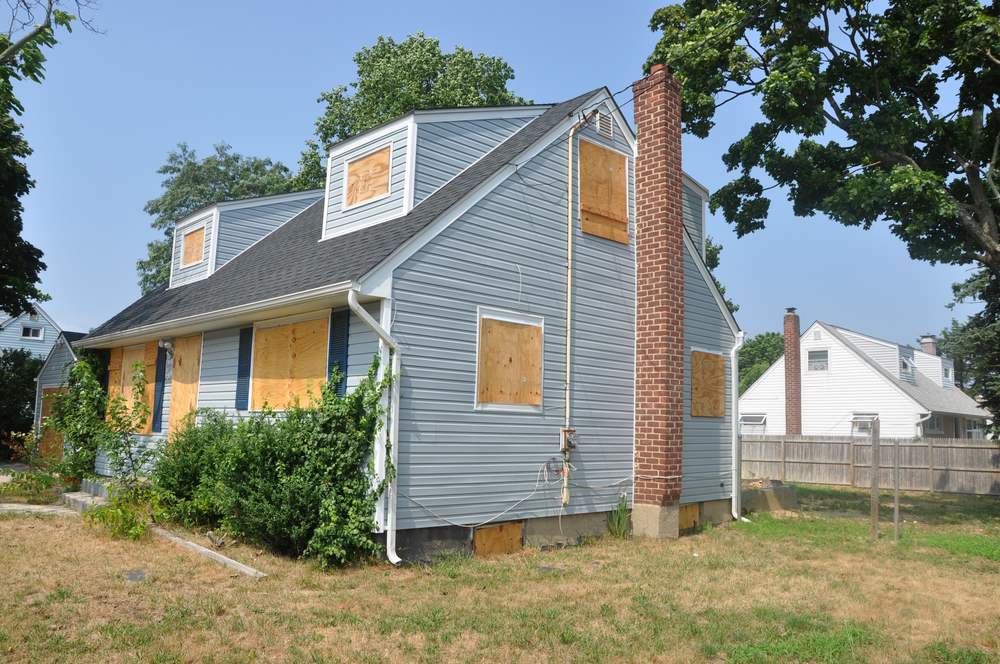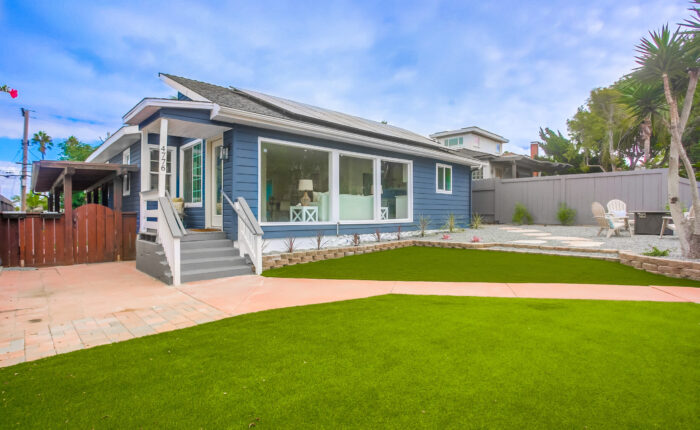Despite the traction the U.S. housing market is gaining and places like Southern California experiencing record setting prices in the $1 million range, lower priced homes are still widely available to the savvy investor. However, what are the real pros and cons of investing in low-end homes?
3 Cons of Investing in Low Priced Homes:
1. Quality & Property Condition
While this may be a broad generalization, dirt-cheap homes can suffer from a variety of poor property conditions and quality issues. Some could be vandalized foreclosures, others even condemned. While this certainly isn’t always the case, these types of properties can sometimes cost more than the purchase price to remedy or even tear down.
2. Neighborhood
Beyond the price of an individual piece or property, its cost can often say a lot about the location. Some distressed neighborhoods, communities and cities are seeing an incredible entrepreneurial turn around, some may not for a while. Some depressed neighborhoods could see it take longer for home equity to rebound and find many buyers cautious. This could potentially make it tougher and take longer to resell as well as bringing extra property management hassles.
3. Mortgage Financing
Both acquisition financing and loans for end buyers can be hampered by low prices. Many don’t understand this and are caught by surprise with expensive consequences. Banks and mortgage lenders don’t really like to make tiny loans. They are more of a hassle than they are rewarding. Of course, there are other options. Consider additional lines of credit or even putting some houses on a credit card, but it should be kept in mind.
3 Pros of Investing in Low Priced Houses:
1. Volume
When you go from investing in areas where the median home price is pushing $700k to distressed properties, many real estate investors will have the capacity for higher volumes. More properties on your portfolio increases your earnings potential. However, at the same time, it reduces risk.
2. Lower Risk
Higher volumes of properties, whether flipping houses or holding as rental homes for income, can dramatically reduce risk. It reduces the impact of any vacancy, natural disasters or other direct property threats by way of diversity and can prove a lot more flexibility.
3. Larger Spreads
Contrary to many misconceptions, lower priced properties can have the potential to yield greater spreads, at least as a percentage. This certainly applies to cash flow from rents, and often from appreciation and flipping too. In the past, this has been seen with dirt-cheap homes being flipped online via auction websites like eBay.
There are still many real estate investment opportunities to be found, both at the top and bottom of the market. The key to investing success is to really know your stuff, the ins and outs of the different ends and how to play them. Specializing is good, but many may also find some benefits in diversifying and working on both ends for more balance and to protect and maximize their portfolios.











